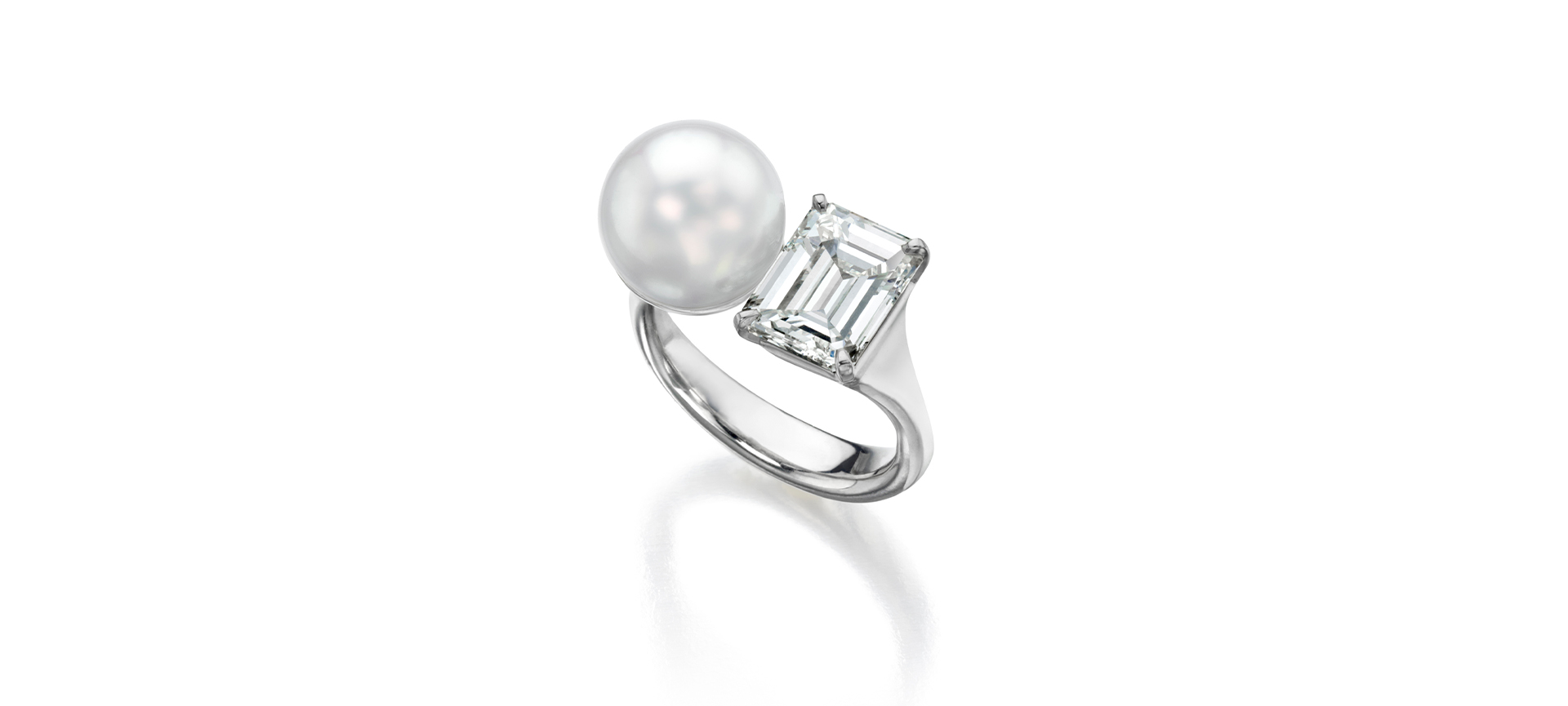Courtesy of Assael Pearls (@assaelpearls)
This toi et moi, or “you and me,” ring is set with a white South Sea pearl and an emerald cut diamond.
Diamonds and pearls have timeless allure. Both gems have captivated hearts and adorned royalty for centuries, offering unparalleled charm, sophistication and elegance. But what about diamonds and pearls have made them staples in casual and high-end jewelry? What should buyers know before choosing between diamonds and pearls—or choosing a design that integrates both?
As we compare the similarities and differences between diamonds and pearls, we’ll explore their key characteristics and symbolism and discuss their suitability for various occasions. Whether you’re shopping for an engagement ring, a special gift or indulging in a piece for yourself, gain the knowledge you need to make the perfect purchase.
- Unique Features of Diamonds vs. Pearls
- Diamonds vs. Pearls: Where Do They Come From?
- What Impacts the Price of Diamonds vs. Pearls?
- Long-Term Value of Diamonds vs. Pearls
- Understanding the Symbolism of Diamonds and Pearls
- Tips for Wearing Diamonds and Pearls Together
- Pearl vs. Diamond Engagement Rings: Which is the Better Option for Me?
Unique Features of Diamonds vs. Pearls
Let’s examine the distinctive qualities of diamonds and pearls to explore what makes these treasures stand out among the crowd of gemstone options:
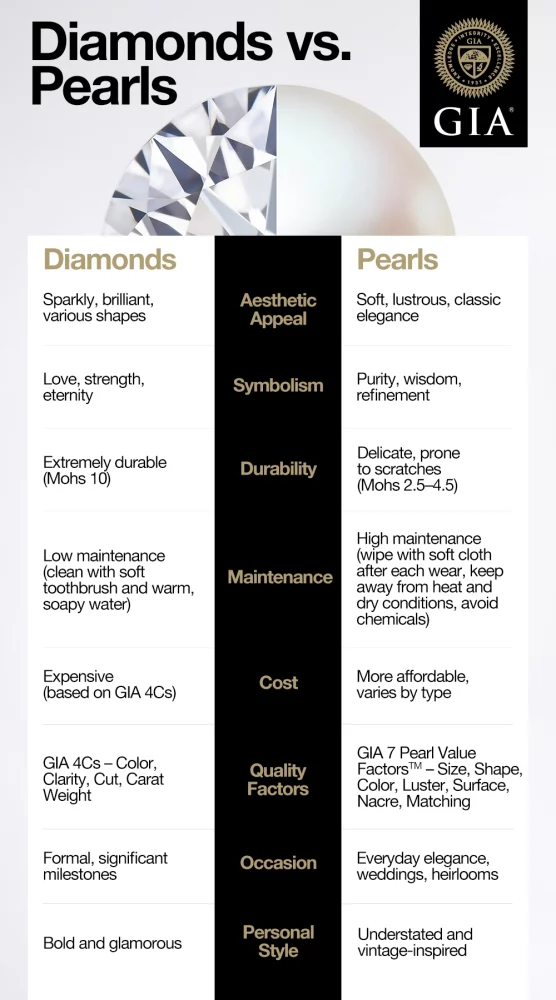
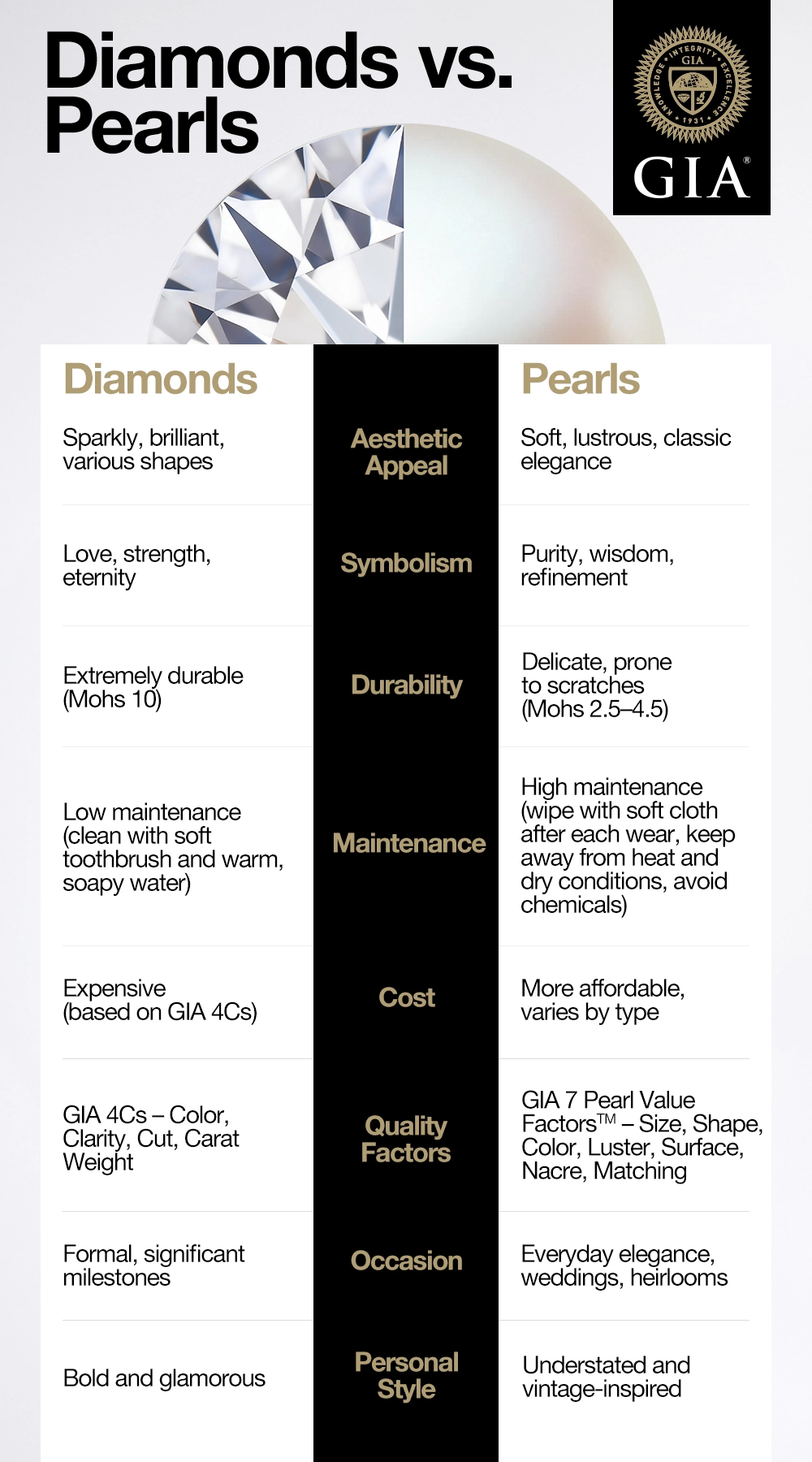
What Makes a Diamond Unique?
Diamonds are cherished for their exceptional brilliance, durability and versatility, making them beloved for all types of jewelry.
- Brilliance: Diamonds are renowned for their unmatched fire, sparkle and brightness. This brilliance and fire are primarily due to their ability to reflect light throughout the gem and disperse light into a spectrum of colors. A diamond’s cut quality plays a crucial role in enhancing this brilliance. A well-cut diamond maximizes light return, allowing the gem to sparkle from every angle.
Durability: One of the standout features of diamonds is their incredible hardness. Ranking 10 out of 10 on the Mohs scale of mineral hardness, diamonds are one of the hardest natural materials on Earth. This makes them highly resistant to scratches and ideal for daily wear. Diamonds are a perfect choice for engagement rings and heirlooms, as they can withstand the rigors of everyday activities without losing their beauty.
- Versatility: Colorless diamonds complement various styles and occasions, from casual to formal. They pair beautifully with other gemstones and precious metals, allowing endless design possibilities, whether set in a simple solitaire or a complex, multi-stone arrangement.
What Makes a Pearl Unique?
A symbol of timeless beauty, pearls are favored for their lustrous glow, color variety and fascinating shapes.
- Luster: The most captivating feature of pearls is their luster, which gives them a unique glow. This luster is created by layers of nacre, which mollusks secrete to protect themselves from irritants that enter their shell. The more compact and even the nacre, the brighter the pearl’s luster and the more durable the pearl. Because of their attractiveness, increased durability and longer growth time, pearls with brighter luster are more valuable.
- Color Variety: Pearls come in a stunning array of colors and types. South Sea pearls, akoya pearls, Tahitian pearls and freshwater pearls each offer different hues—ranging from classic white and cream to exotic gold and black, and even romantic pinks and lavenders. This variety allows for a broad range of jewelry designs, from simple strands to intricate jewelry paired with other gemstones.
- Overtone and Orient: Some pearls have unique overtones—additional colors that hover over the pearl’s bodycolor. A white pearl, for example, can have a pink overtone. Some pearls may even have orient—iridescent colors that give the pearl rainbow colors. Both overtone and orient can add value to pearls.
- Unique Shapes: While round pearls are the most popular and valuable, pearls can also be a number of different shapes, such as drop shaped or baroque (irregularly shaped). These unique shapes can make for one-of-a-kind jewelry, showing just how remarkable nature can be.
- Softness: Unlike the hardness of diamonds, pearls are relatively soft. With a rating of 2.5 to 4.5 on the Mohs scale of mineral hardness, pearls are more susceptible to scratches and damage. Thus, they require careful handling and maintenance. It’s essential to store pearls separately from other jewelry and avoid exposing them to household chemicals, perfume and extreme temperatures.
Diamonds vs. Pearls: Where Do They Come From?
The journey diamonds and pearls take from their sources to becoming finished gems is truly captivating. Let’s explore the origins of diamonds and pearls:
How Diamonds Are Made
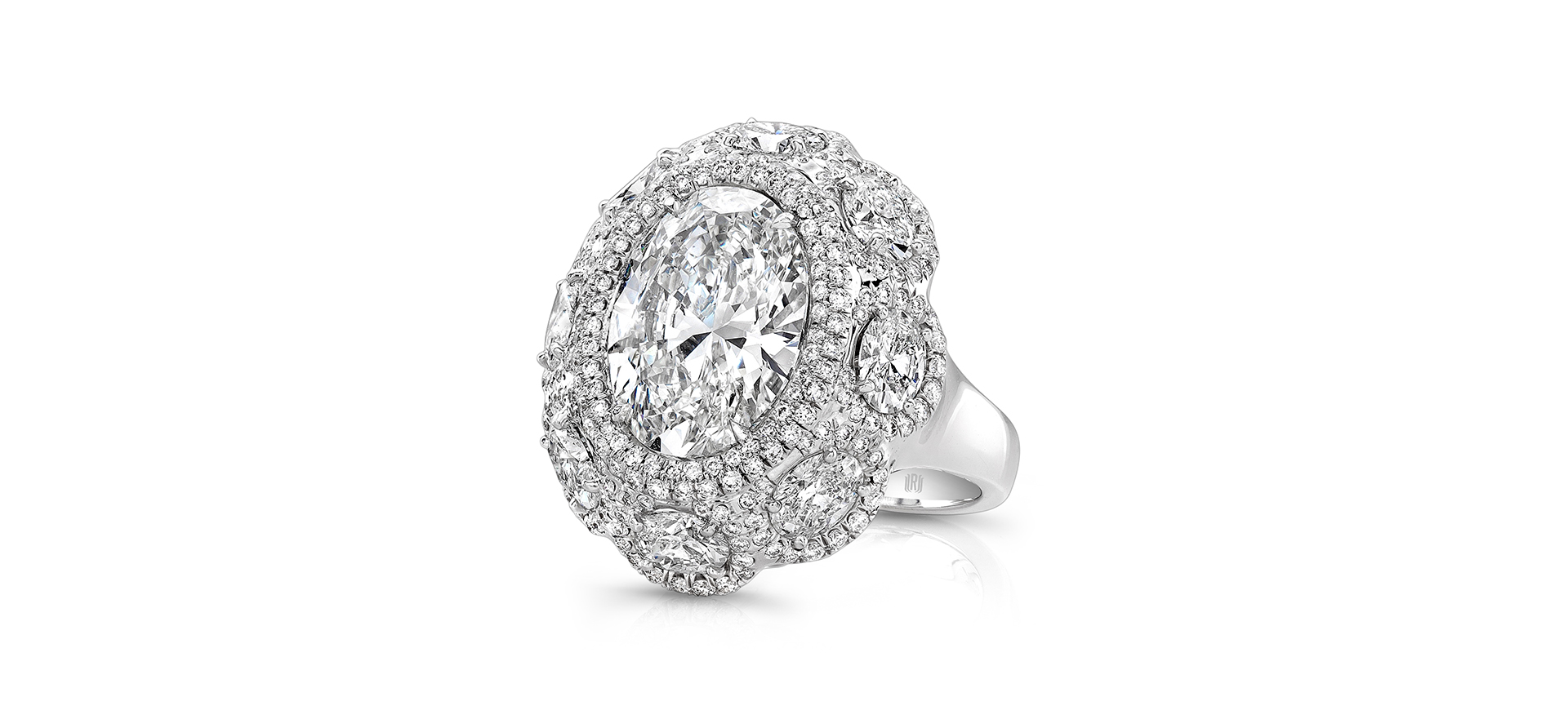
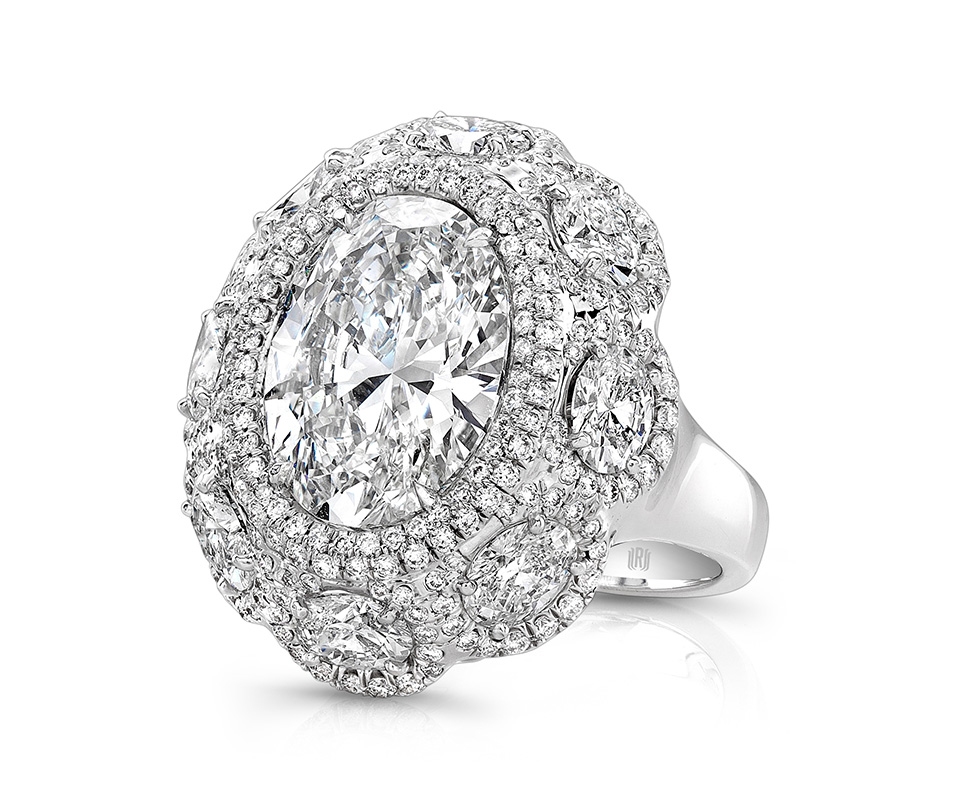
Natural diamonds form under high-pressure, high-temperature conditions deep within the earth, often over millions of years. Superdeep volcanic eruptions bring diamonds close to the Earth’s surface where they can be mined. Natural diamonds can also be found in rivers or even the ocean, where water has transported them downstream from their original source. Once extracted, diamond crystals are sorted, cut and polished by skilled artisans who use precise techniques to bring out each gem’s brilliance and sparkle.
In contrast, lab-grown diamonds are made in controlled environments that sometimes imitate diamond-making conditions within the earth to create gems that are chemically and physically very similar, but not identical, to natural diamonds.
How Pearls Are Made
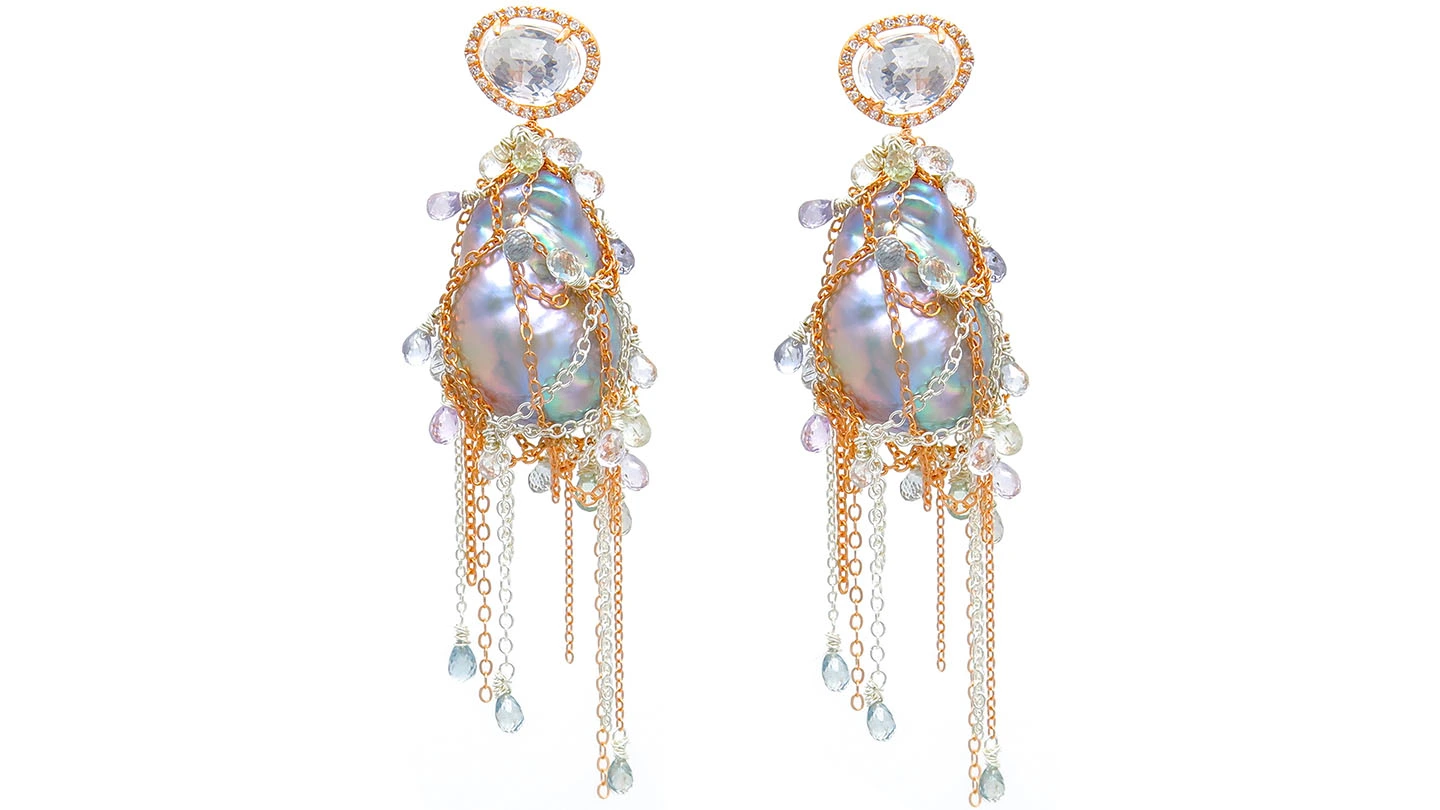
These unique, iridescent earrings feature large baroque freshwater pearls draped in cascading sterling silver and rose gold chains accented with sapphire clusters and diamond details for a bold, elegant statement.
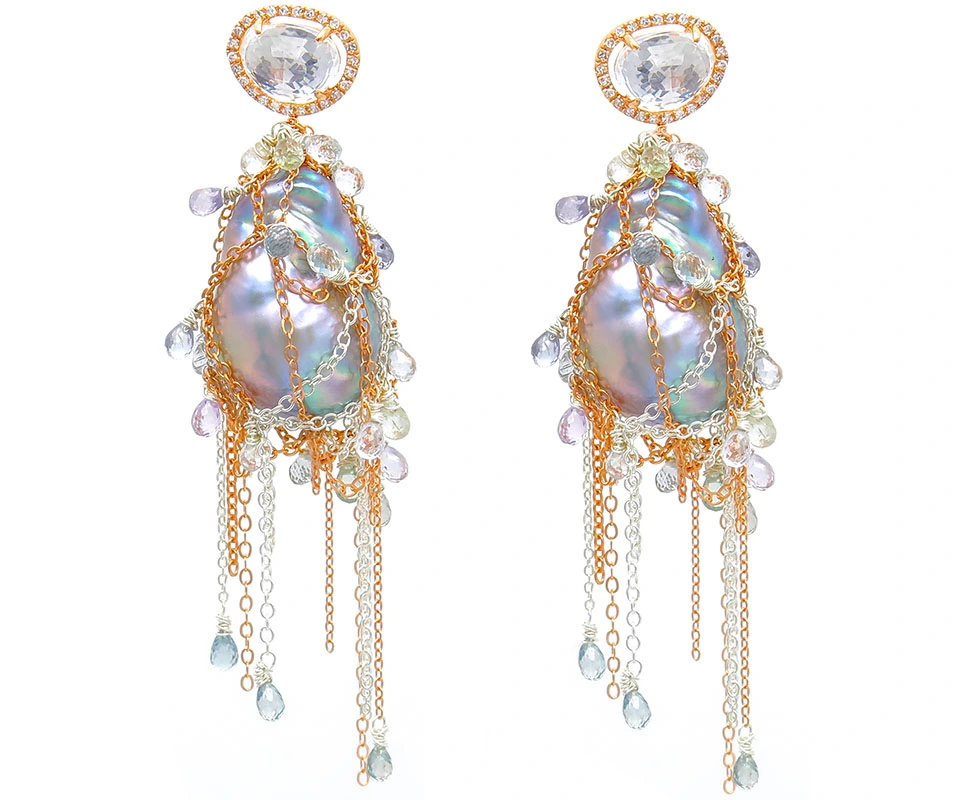
Pearls are biogenic gems produced by various mollusk species, such as pearl oysters and mussels. Pearls are found in both freshwater and saltwater environments and can form naturally in the wild or be grown in cultured pearl farms.
Natural pearls are rare, forming when an irritant like a shell fragment or parasite accidentally enters a mollusk’s shell and causes injury to its mantle tissue. The mollusk then secretes nacre to protect itself. Layers of nacre gradually build up and harden around the irritant to form a pearl.
Cultured pearls are created by intentionally implanting an irritant or round bead nucleus into a living oyster. From there, the pearls develop underwater, taking around 1 to 3 years to form. Some cultured pearls can also be produced without the presence of a bead nucleus. Despite this controlled process, each cultured pearl is unique and you won’t know the pearl’s final size, shape and color until the mollusk is opened.
Once harvested, cultured and natural pearls are cleaned, sorted and graded before being set into beautiful jewelry pieces. Each variety of pearl offers its distinctive luster, size and color, making them versatile for various jewelry designs.
What Impacts the Price of Diamonds vs. Pearls?
The cost of both gems can fluctuate based on the rarity and quality of an individual gem.
The GIA 4Cs of Diamond Quality—color, clarity, cut and carat weight—are used to evaluate the cost of a diamond. Large, flawless diamonds with excellent color and cut grades are scarce and highly valuable. A natural or cultured pearl’s quality and value are based upon the GIA 7 Pearl Value Factors™, which includes size, shape, color, luster, surface quality, nacre and matching (for pearl strands). Natural pearls, especially those with fascinating provenance, are much more valuable than cultured pearls due to their rarity and history.
Gem Cut and Shape
A diamond’s cut grade assesses the quality of a diamond’s craftsmanship and its impact on light performance. Diamonds with an Excellent or Very Good cut grade are highly prized for their brilliance and scintillation, leading to higher market prices. Even with high color, size and clarity grades, a poorly cut diamond can appear dull, making it less valuable. Therefore, the precision and quality of the cut play a crucial role in a diamond’s overall value and appeal.
A pearl’s shape significantly affects its market value. Round-shaped pearls are the rarest and typically the most sought-after. A perfectly round pearl will be the most valuable if all other value factors are equal. However, oval, drop, button and baroque (irregularly shaped) pearls can also be highly valued, especially when they are well-formed and exhibit excellent luster.
Gem Clarity and Surface Quality
As one of the 4Cs, clarity is essential in determining a diamond’s quality and value. A large number of inclusions and blemishes can affect a diamond’s brilliance and transparency, and natural diamonds with few inclusions and blemishes are rare, making them more valuable. GIA evaluates inclusions based on their visibility at 10x magnification. Brilliant cut diamonds with inclusions and blemishes that are visible at 10x magnification but can’t be seen with the unaided eye (VS2 sometimes down to SI1) can be great options if you’re looking to save money. Step cut diamonds tend to require higher clarity due to their large facets.
High-quality pearls with minimal blemishes and imperfections reflect light more uniformly, enhancing their luster and overall beauty. Consequently, pearls with clean surfaces command higher prices in the market, as they are considered more desirable and indicate exceptional care in their cultivation.
Gem Color
Diamonds are graded on a color scale from D (colorless) to Z (light yellow or brown), with colorless diamonds being the most valuable. As color increases, the diamond’s value typically decreases. However, exceptionally rare fancy color diamonds, such as blue, pink and green diamonds, can be even more valuable due to their scarcity and unique beauty.
Pearls come in various natural colors, including white, black, gold and pink, each with its own market demand and rarity. The most sought-after pearls often have rich, even colors with desirable overtones, such as rose or green. The rarity of a particular color, combined with its depth and uniformity, dramatically influences a pearl’s market value. Pearls with unusual or vibrant colors (overtones and orient) are generally rarer and command higher prices.
For both diamonds and pearls, treatments are sometimes used to artificially enhance color or clarity. Common treatments include bleaching, irradiation or dyeing for pearls, and laser drilling or fracture filling for diamonds. However, treated gems are not as rare—or as valuable—as naturally colored or untreated stones.
This is where a GIA report becomes especially valuable. GIA reports provide an independent assessment of a gem’s identity, quality and any detectable treatments, empowering buyers with the transparency they need to make informed purchasing decisions.
Stone Size and Carat Weight
Size is one of the most important attributes when considering the cost of diamonds and pearls. Diamonds with a higher carat weight and larger pearls are scarce—and more expensive. However, size isn’t everything. A bigger gem with more inclusions or lower color grades could cost less than a more petite gem with top-notch attributes. Visually, a smaller, well-cut diamond or pearl with exceptional luster can be more captivating than a mid-grade alternative. This can make the choice of a petite stone an excellent money-saving option.
Gem Origin
Natural diamonds formed millions to billions of years ago 150-800 km deep within the earth and were explosively carried to the surface by superdeep volcanoes. Conversely, lab-grown diamonds, created in controlled laboratory or factory environments, are generally less expensive because they are more readily available.
Natural pearls are among the rarest gems in the world, as finding high-quality natural pearls in the wild is becoming increasingly difficult. Most pearls available today are cultured. Still, cultured pearls can be coveted for their beauty and market value. The price of a pearl varies based on its type and unique characteristics. Of the most popular pearl types—akoya, Tahitian, South Sea and freshwater—South Sea is typically the most valuable and freshwater is typically the most affordable.
The Long-Term Value of Diamonds vs. Pearls
What Makes a Diamond Hold Value?
Diamonds, known for their durability and timeless appeal, can hold their value well. The larger and higher quality the diamond (top 4Cs grades), the more likely it is to hold its value over time. Rare fancy color diamonds, such as pink or purple diamonds, or large, flawless diamonds, command higher prices and may increase in value over time. Market demand and trends in jewelry fashion also play a significant role in value.
What Makes a Pearl Hold Value?
Pearls hold value based on the GIA 7 Pearl Value Factors™. The type of pearl greatly influences its worth. High-quality South Sea and Tahitian pearls tend to hold higher value due to their size, luster and rarity. The quality of the nacre, which gives pearls their luster and iridescence, is another critical factor. Pearls with thicker nacre layers are more durable and can last longer.
Unlike diamonds, pearls are biogenic gems more susceptible to wear. Proper care and storage are essential to maintain their beauty and worth over time. Large, high-quality natural pearls, especially those with fascinating provenance, can actually increase in value over time.
Remember, diamonds are typically more expensive than pearls, but every gem is unique. The best way to determine whether a diamond or pearl is the best choice for you and your budget is to connect with a GIA-trained retailer.
Symbolism and Cultural Significance of Diamonds vs. Pearls
Diamonds and pearls have captivated humanity for centuries with their beauty and unique symbolism. Understanding their history and fascinating lore can help you choose which gem is right for you.
What do Diamonds Symbolize?
As one of the hardest substances on Earth, diamonds are lasting symbols of eternal love and strength. Their unmatched hardness metaphorically represents the unbreakable bonds of love and commitment. This symbolism is most prominently seen in diamond engagement rings. Diamonds are also the birthstones for April.
In 1477, Archduke Maximilian of Austria gave Mary of Burgundy a diamond ring, one of the first diamond engagement rings in recorded history. This began a diamond engagement jewelry tradition that has evolved ever since. In the last century, De Beers further cemented the diamond ring as the symbol of everlasting love with their enduring slogan, “A Diamond Is Forever.” Today, approximately 75% of American brides wear a diamond engagement ring, reflecting the gem’s lasting significance.
What do Pearls Symbolize?
Pearls are often associated with purity, wisdom, harmony and serenity. Historically, pearls have been valued for their natural beauty and rarity. Pearls were considered symbols of wealth and status, often worn by royalty and the elite. In ancient Rome, pearls were the ultimate symbol of wealth and prestige.
In many marital traditions, brides wear pearls to represent new beginnings. Pearls are also one of the birthstones for June. In Hindu culture, pearls are believed to bring peace and are often associated with deities and spiritual leaders. In Chinese culture, pearls symbolize wisdom and longevity. By symbolizing balance and tranquility, pearls are fantastic gifts when celebrating life’s most meaningful moments.
Can I Wear Pearls and Diamonds Together?
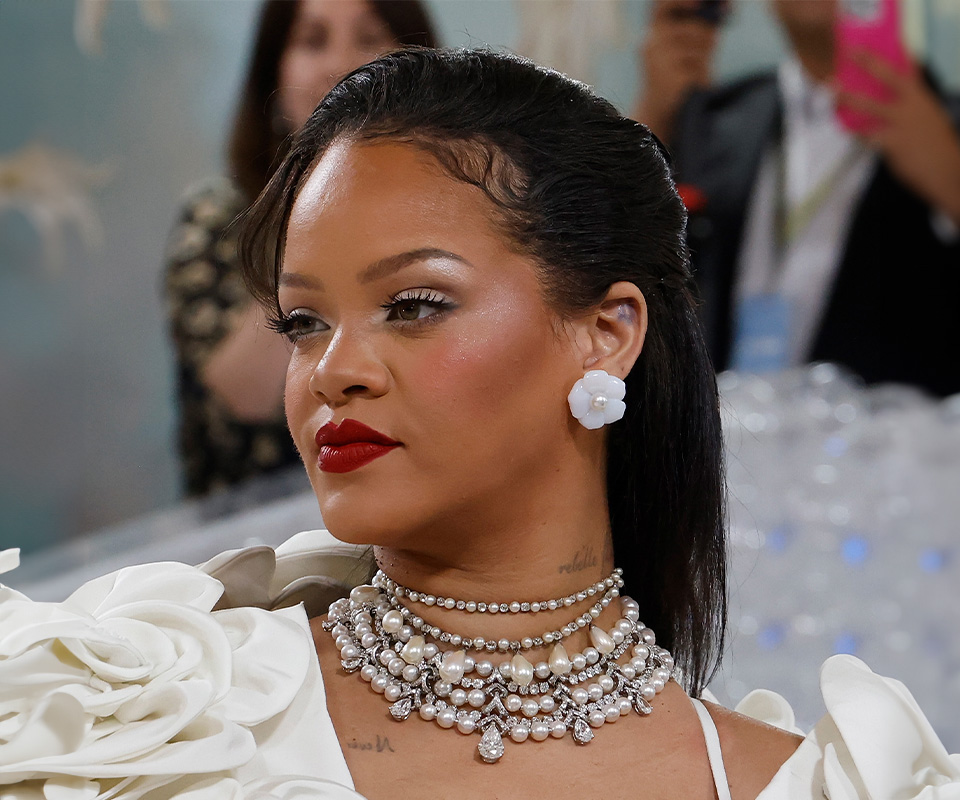
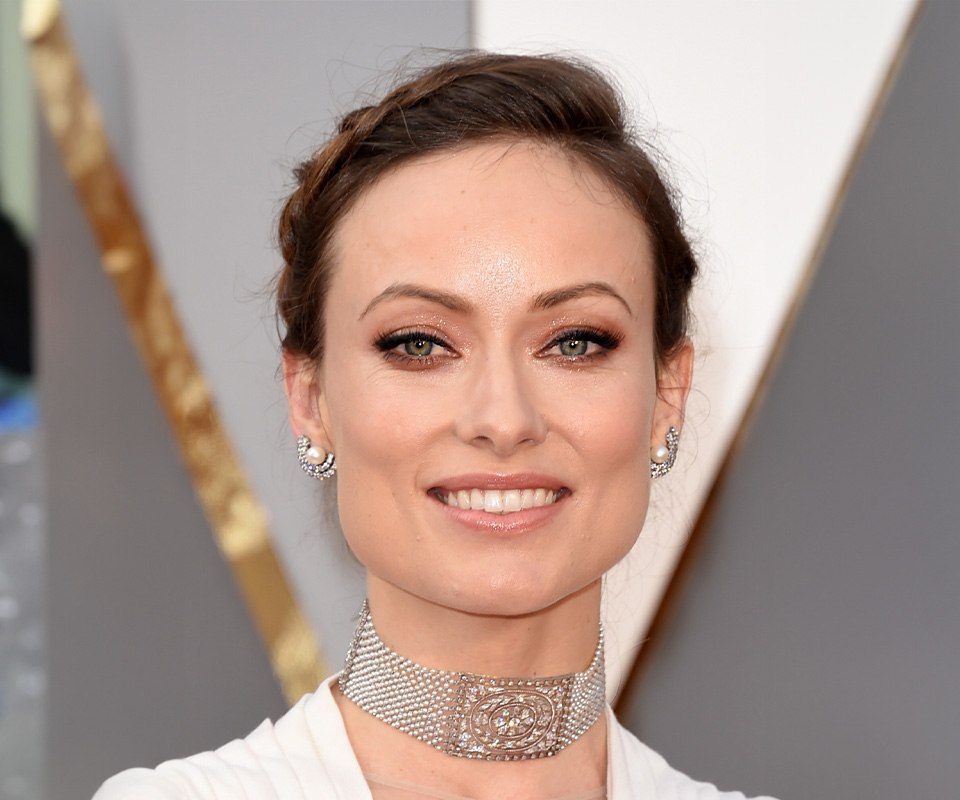
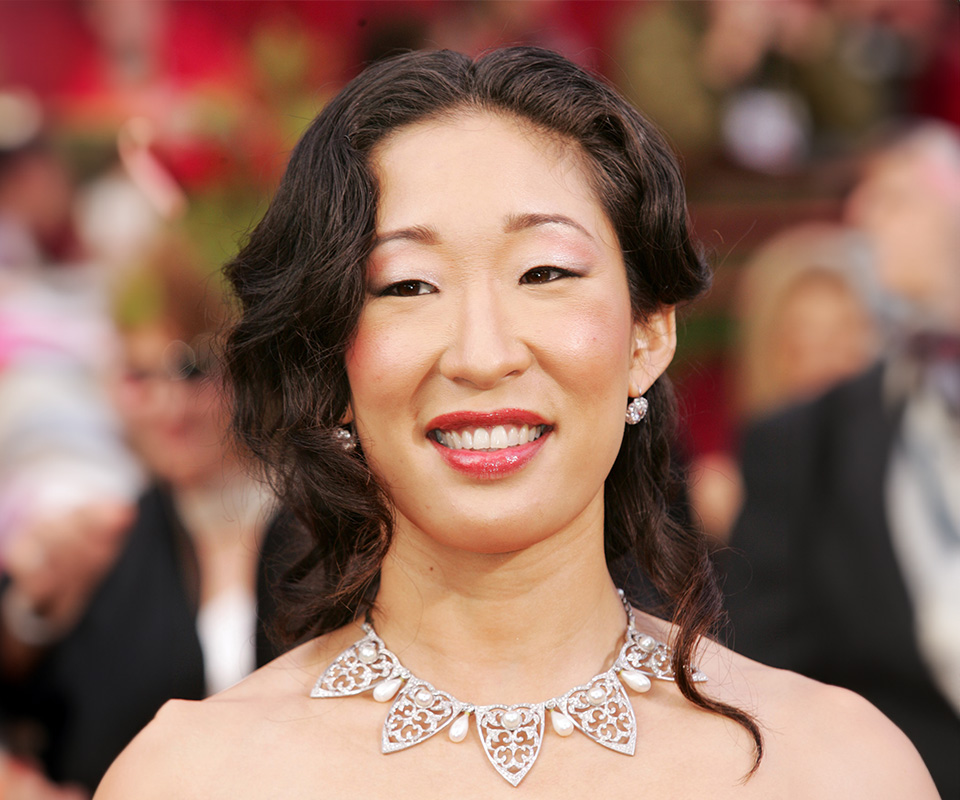

You can absolutely wear pearls and diamonds together! Diamonds and pearls are iconic fashion choices that have adorned stars from Grace Kelly and Jackie Kennedy to Ariana Grande and Emma Stone. Whether you are attending a black-tie event, a cocktail party or just a casual outing, diamonds and pearls make for a sophisticated and striking look.
Let’s explore some tips on wearing diamonds and pearls together to ensure your look makes a lasting impression and your gems are well-protected:
Create a Well-Balanced Look
Diamonds and pearls complement each other beautifully. Pearls offer a softer, more understated look that balances the brilliance and sparkle of diamonds. You can wear these gems together in the same piece of jewelry—such as a creamy pearl earring set within a halo of miniature diamonds—or opt for separate pieces—like an elegant solitaire diamond ring paired with a pearl pendant necklace, both in sleek white gold settings.
However, don’t let the two gems compete aesthetically. Choose one as the focal point and the other as the accent gem. For example, if you wear a statement pearl necklace, keep the diamond accent minimal and focus on highlighting the pearl.
Keep Them Safe and Separate
Don’t allow pearls and diamonds to come in direct contact with each other. Diamonds can scratch the more delicate surface of pearls. Either stack or spread the stones apart with plenty of space in between, or set the gems with extra protective setting styles. Many gorgeous pieces are made explicitly for pearl and diamond combinations, utilizing designs that provide ample protection. As pearls require more care than diamonds, be sure to provide regular upkeep to the entire piece of jewelry.
Pearl vs. Diamond Engagement Rings: Which is the Better Option for Me?
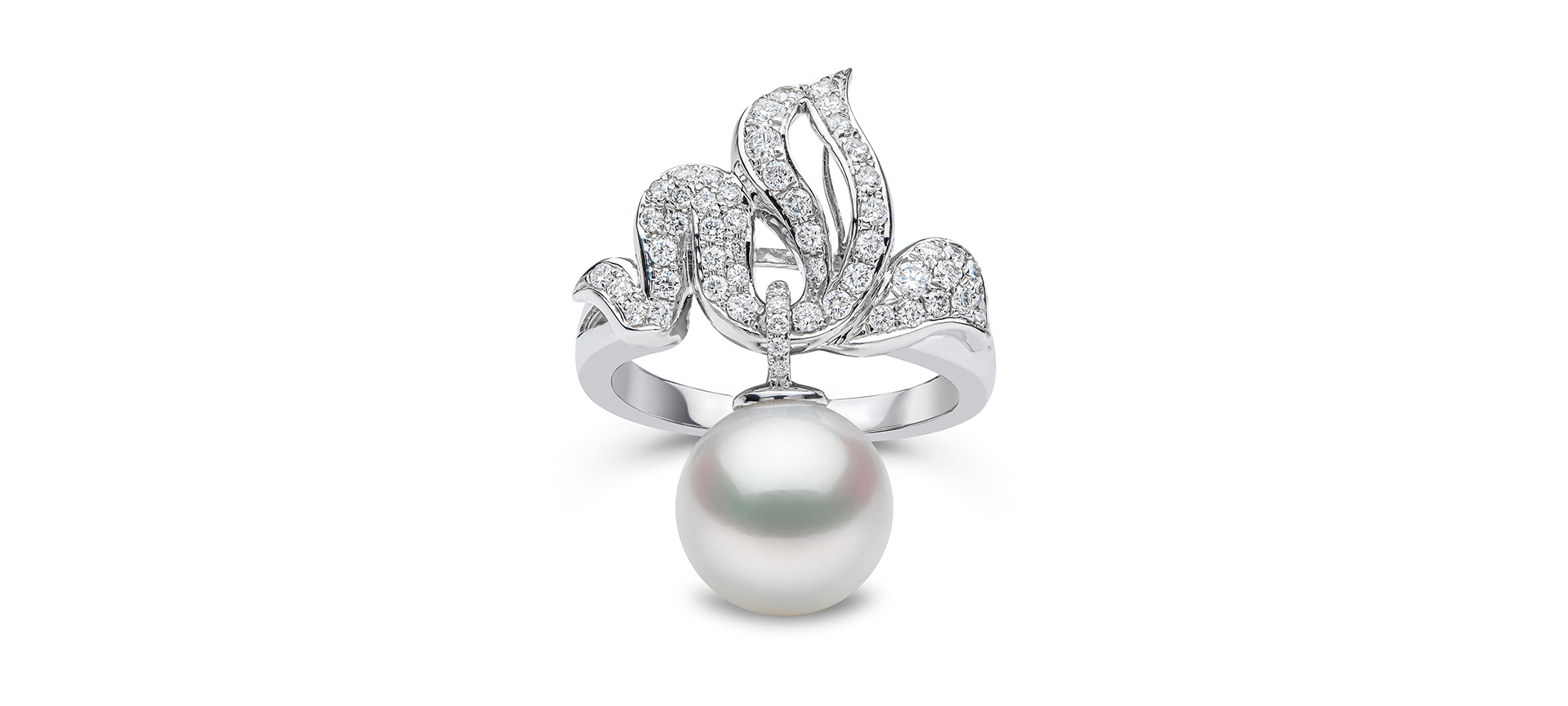
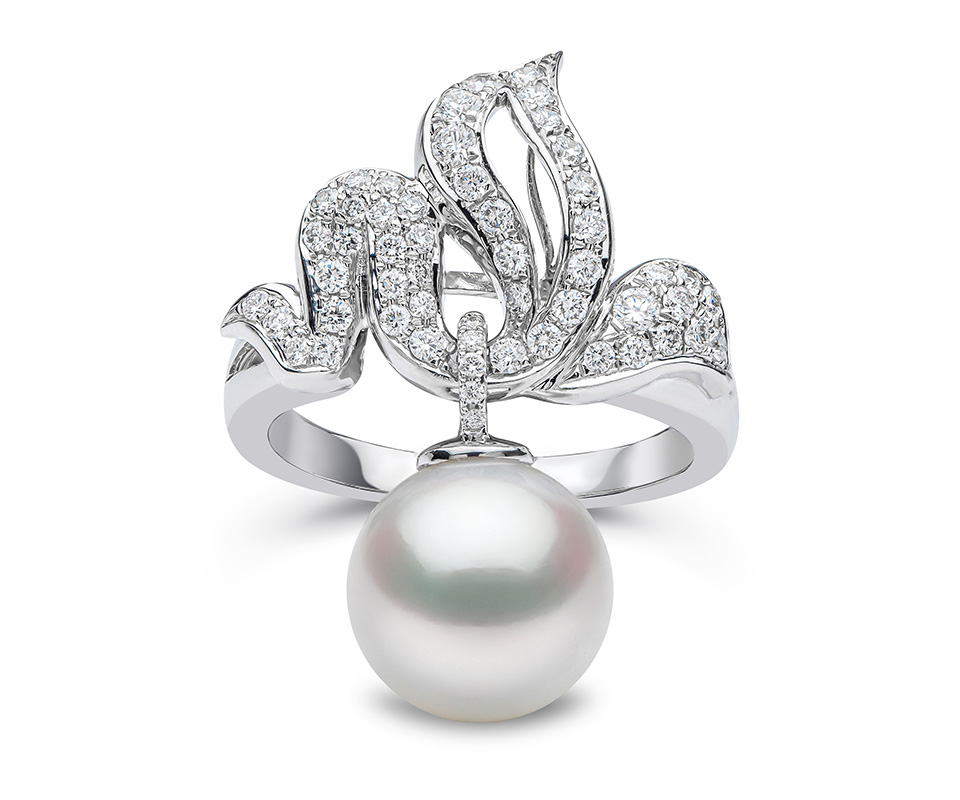
An engagement ring is more than a tangible symbol of your love story—it’s a reflection of your personality and the promise of a dazzling future together. Whether you are drawn to the soft glow of pearls, the radiant sparkle of diamonds—or both—each gem offers beautiful qualities that elevate a ring’s design.
Here are a few essential factors to consider when searching for the perfect diamond or pearl engagement ring:
Personal Style
An engagement ring should reflect the wearer’s taste and style. Diamonds are renowned for their timeless brilliance and unbeatable sparkle, which can range from classic to ultra-modern. On the other hand, pearls offer a more subtle, vintage vibe that appeals to those who love a softer, more romantic look. The combination of diamonds and pearls can be perfect for someone who loves mixing old-world charm with a contemporary flair.
Care and Lifestyle
As pearls are significantly softer, they are more susceptible to scratches and damage. They also need to be kept away from household chemicals (especially acids, which can dissolve them) and out of dry, hot environments, which can dull their luster. Contact with perfumes, hand sanitizer and makeup should also be avoided whenever possible. Diamonds require substantially less effort and care to keep the gem safe and sparkling.
If you live an active lifestyle and want to wear your ring daily, the resilience of a diamond might make it a more practical choice. However, if your lifestyle allows for extra care, a pearl ring can be an incredible and unique choice.
Combination Rings
Are you torn between the sparkle of diamonds and the natural elegance of pearls? Combine the two! Rings that incorporate both diamonds and pearls blend the best of both worlds. Diamonds also enhance the pearl’s natural glow, adding a new level of beauty and brightness.
To keep your diamond and pearl engagement ring looking as brilliant as on your proposal day, take time to choose a protective ring design, such as a pearl surrounded and protected by a sunburst of petite diamonds or a diamond and pearl toi et moi ring set into a platinum bezel setting.
Ensure Your Pearls and Diamonds are Professionally Analyzed by GIA
Diamonds and pearls have become fashion icons for a reason—they are versatile and captivating. Whether you are drawn to the dazzling allure of sparkling diamonds, the soft, elegant glow of pearls—or both—each gem will add exquisite beauty and brilliance to your collection.
Before making your purchase, ensure your pearls and diamonds are professionally graded by the Gemological Institute of America (GIA), the world’s foremost authority in gemology. GIA’s expertise in the 4Cs—cut, color, clarity and carat weight—and the GIA 7 Pearl Value Factors™—size, shape, color, luster, surface, nacre and matching—can help you confidently navigate the process of choosing between diamonds and pearls.
